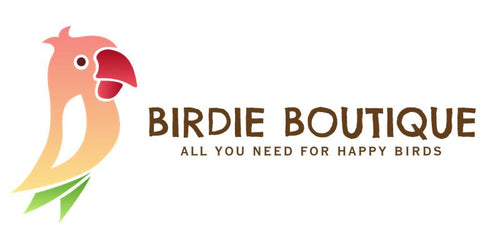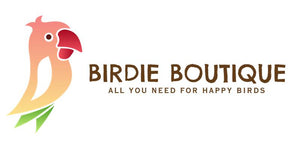Lead Toxicosis
by Dr. Greg Burkett Board Certified Avian Veterinarian
Lead poisoning (also known as Plumbism) is the most common toxicosis in children. It is also very common in pet birds. There are a number of potential sources for lead in our environment (see inset). Lead poisoning is a very serious condition and requires immediate attention from a qualified avian veterinarian. The prognosis is very good if treated immediately.
The clinical signs that are associated with lead toxicosis are nonspecific and the severity can vary depending on the amount of lead ingested and the length of time of exposure. Symptoms are associated with the gastrointestinal (GI), urinary and nervous systems. GI signs include dark green to black droppings (that may or may not be diarrheic), vomiting, regurgitation, anorexia and pasted vent. Urinary signs include polyuria (excessive urine production), blood in the urine, and increased thirst. Neurological signs include depression, weakness, ataxia (staggering) head tilt, circling, blindness, and seizures.
Diagnosis of lead poisoning may not be easy or straightforward. Diagnosis may be based on a history of lead ingestion and carefully searching for possible sources of lead exposure. It is also based on observation of clinical signs and a thorough physical examination to reveal GI, urinary, and neurological symptoms. Laboratory testing is a very important tool used to diagnose lead poisoning. Blood should be drawn to measure lead levels, to do a complete blood count and to do blood chemistries.
Radiographs can also be important in the diagnosis of plumbism. The veterinarian will assess the films for the presence of metal opacities in the GI tract and other locations. However, radiographs do not definitively diagnose lead poisoning. The lead may already be dissolved in the bird's tissues, it may have been excreted, or it may have been inhaled in the form of gas fumes, thereby making visible detection impossible. Also, the presence of metal may be nonleaded metal particles.
If lead poisoning is suspected, then treatment should begin immediately. Treatment consists of supportive care (fluids, heat, nutritional supplements and antibiotics) and chelation therapy.
Calcium EDTA is used as a chelating agent, given intramuscularly, and continued until the lead is gone. If the lead particles are confined to the GI tract, then agents such as peanut butter, Metamucil or mineral oil may be given to aid in passing the particles. If the lead particles are large, then surgery is required to go in and remove them, provided the bird is stable and able to withstand the surgical procedure.
In most cases if the lead is completely removed from the bird's system, then the bird should fully recover. However, with extensive chronic exposure the likelihood of recovery is lessened and the bird may not survive at all. A few survivors will have permanent kidney, liver or neurological damage.
Plumbism is a serious condition and needs immediate attention. It is seen very commonly in many avian veterinary practices. Responsible pet bird owners should thoroughly examine their homes for sources of lead to remove them or prevent access to them by the bird.
Sources of Lead
Stained Glass Frames, Tiffany Lamps, Some Bell Clappers, Curtain Weights, Glazed Ceramics, Fishing Weights, Batteries, Putty, Plaster, Gasoline Fumes (Chronic Exposure), Champagne & Wine Bottle Foil, Linoleum, Costume Jewelry, Mirror Backing, Shot, Bullets, Pellets, Old Paint, Exercise Weights, Wire Solder, Weighted Toys (e.g. bobbing plastic penguin), Scuba Weights, Sheetrock, Base of Light Bulbs, Dolomite, Bone Meal Products

